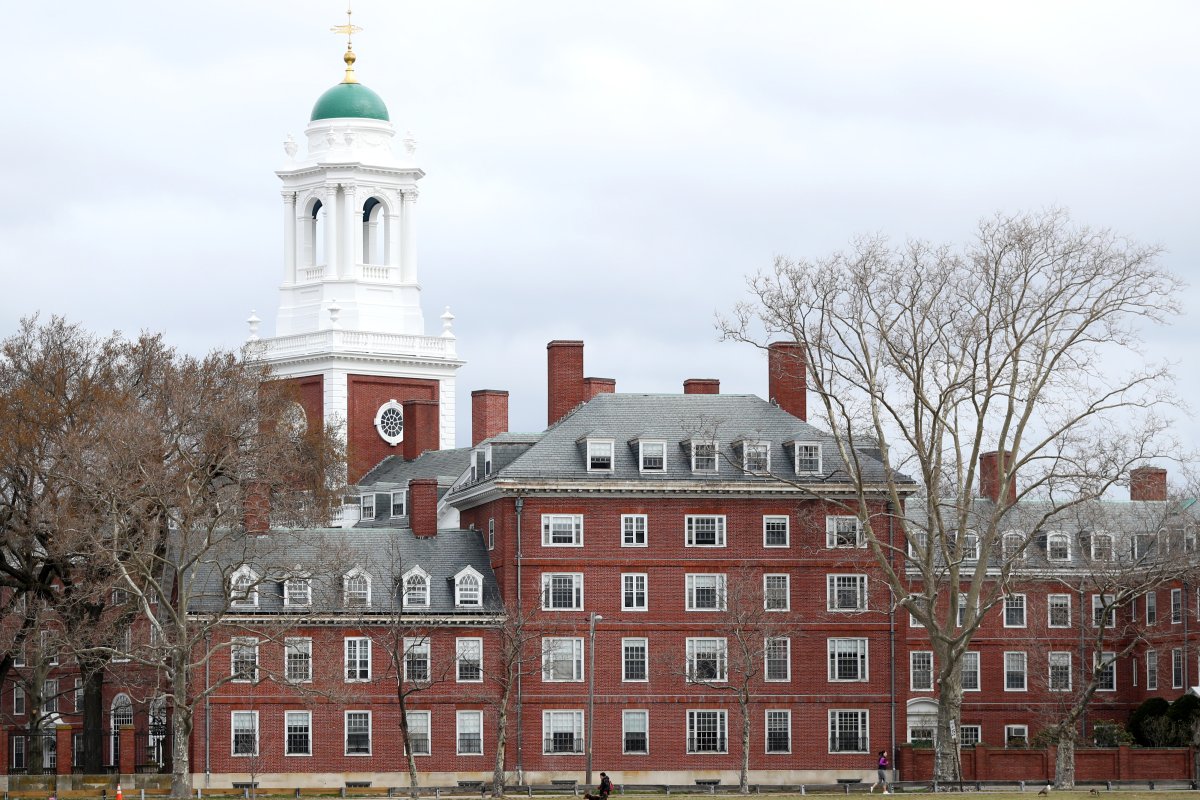A leaked draft report from a Harvard faculty committee revealed an extensive collection of human remains in the University’s museum, including the remains of at least 19 individuals who were likely enslaved and almost 7,000 Indigenous people.

According to the Harvard Crimson, the draft report (which had yet to be finalized) was produced by a committee responsible for studying how Harvard should treat the human remains in its collection.
The remains, according to the draft report, “were obtained under the violent and inhumane regimes of slavery and colonialism,” the Crimson claimed.
The report is dated April 19 and was produced by the University’s Steering Committee on Human Remains in Harvard Museum Collections. It urged the school to return the remains to familial descendants, or descendants’ communities if ancestry is unclear.
The Crimson reported the draft also acknowledged the Native American Graves Protection and Repatriation Act (NAGPRA), a 1990 U.S. law that produced guidelines for federally funded organizations to return Indigenous human remains and cultural objects from any collection.

Get daily National news
Last year, Harvard claimed its former collection of the remains of over 10,000 Indigenous people had been reduced to 7,000, as per NAGPRA.
“Our collection of these particular human remains is a striking representation of structural and institutional racism and its long half-life,” the draft report reads.
- Teen who desperately needed size 23 shoes now holds 2 world records
- Canada abstains from UN motion calling on Israel to end presence of Gaza, West Bank
- U.S. sues owner of ship that caused Baltimore bridge collapse for US$100M
- Iranian hackers tried to send stolen Trump info to Biden campaign, FBI says
The draft continues, “Moreover, we know that skeletal remains were utilized to promote spurious and racist ideas of difference to confirm existing social hierarchies and structures.”
“For too long, these remains have been separated from their individuality, their history, and their communities,” the draft claims. “To restore those connections will require further provenance research and community consultation. In addition, research might include DNA or other analysis for the express purpose of identifying lineal descendants.”
According to The Crimson, the remains are housed primarily in Harvard’s Peabody Museum of Ethnology and Archaeology. In January, the museum’s director apologized for not confronting the “historic collecting practices” and “ethical and moral issues” regarding the human remains.
The Harvard Crimson received criticism from the Steering Committee on Human Remains for obtaining and releasing information about the draft report.
The committee’s chair, Evelynn M. Hammonds, released a statement claiming The Crimson’s reporting was “deeply frustrating.”
“Releasing this draft is irresponsible reporting and robs the Committee of finalizing its report and associated actions, and puts in jeopardy the thoughtful engagement of the Harvard community in its release,” Hammonds wrote.
“Further, it shares an outdated version with the Harvard community that does not reflect weeks of additional information and Committee work.”
“The members of this Committee have been working tirelessly together to address a highly sensitive and important topic within the Harvard community,” Hammonds continued.
“The Committee has been working with the utmost respect for the subject matter and the individuals addressed, as noted in the leaked report.”
According to The Crimson, Harvard’s museum collections contain about 30 million items and specimens, including the remains of more than 22,000 individuals.











Comments